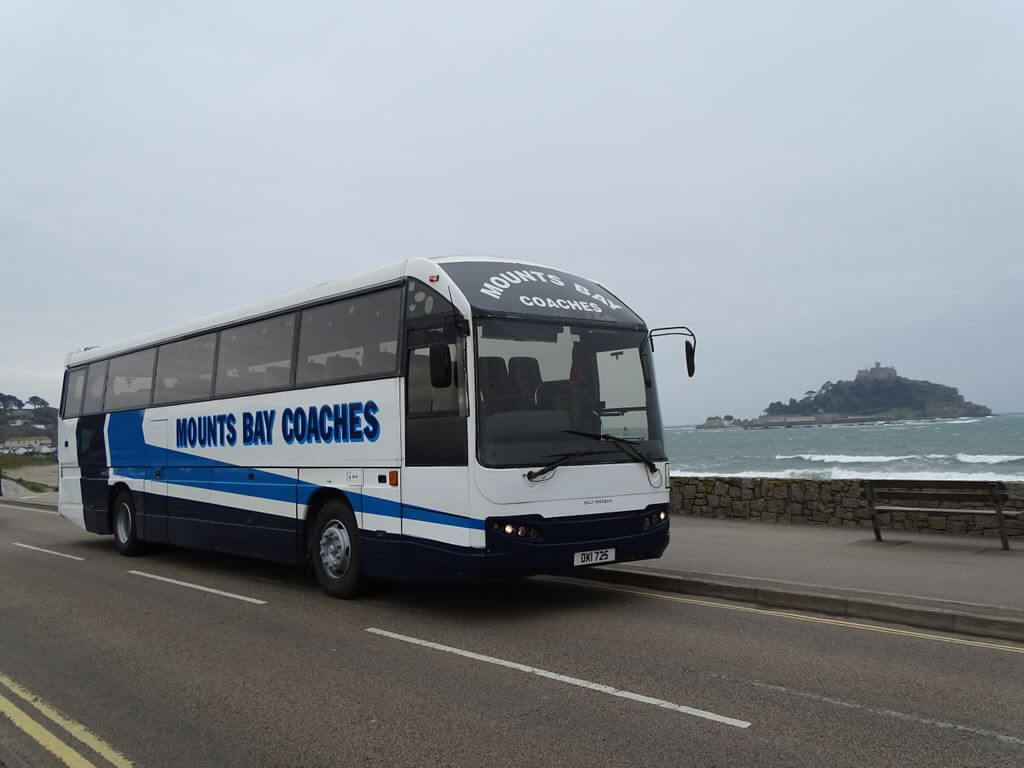In 2019 there are only a very small number of iconic Duple 425 coaches left in use. Richard Sharman found one, however, and had the opportunity to test drive it to see how it compares with modern-day coaches

When you look back at some of the coaches that changed coach travel and took it to another level over the last 30+ years, the Blackpool-built Duple 425 would certainly be one of them.
The 1980s was a time when British coaching was dominated by the country’s two largest coachbuilders, Plaxton and Duple. Respectively they had been building the Supreme and Dominant, but Scarborough-based Plaxton moved on with the Paramount, which then reigned supreme. However, Duple was also to bring out a number of models to try and dethrone Plaxton.
[…]
By subscribing you will benefit from:
- Operator & Supplier Profiles
- Face-to-Face Interviews
- Lastest News
- Test Drives and Reviews
- Legal Updates
- Route Focus
- Industry Insider Opinions
- Passenger Perspective
- Vehicle Launches
- and much more!


